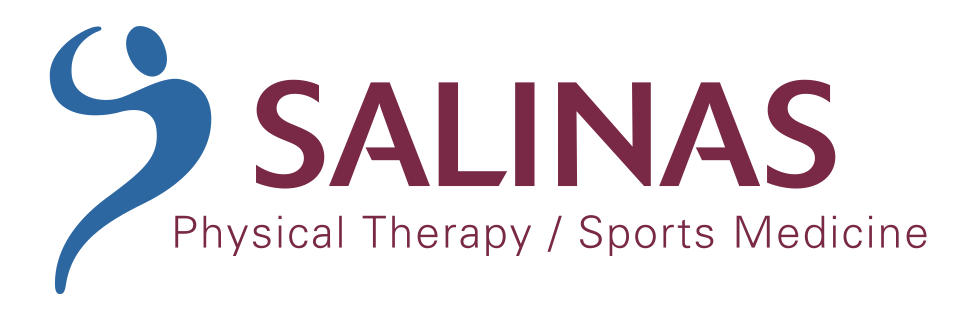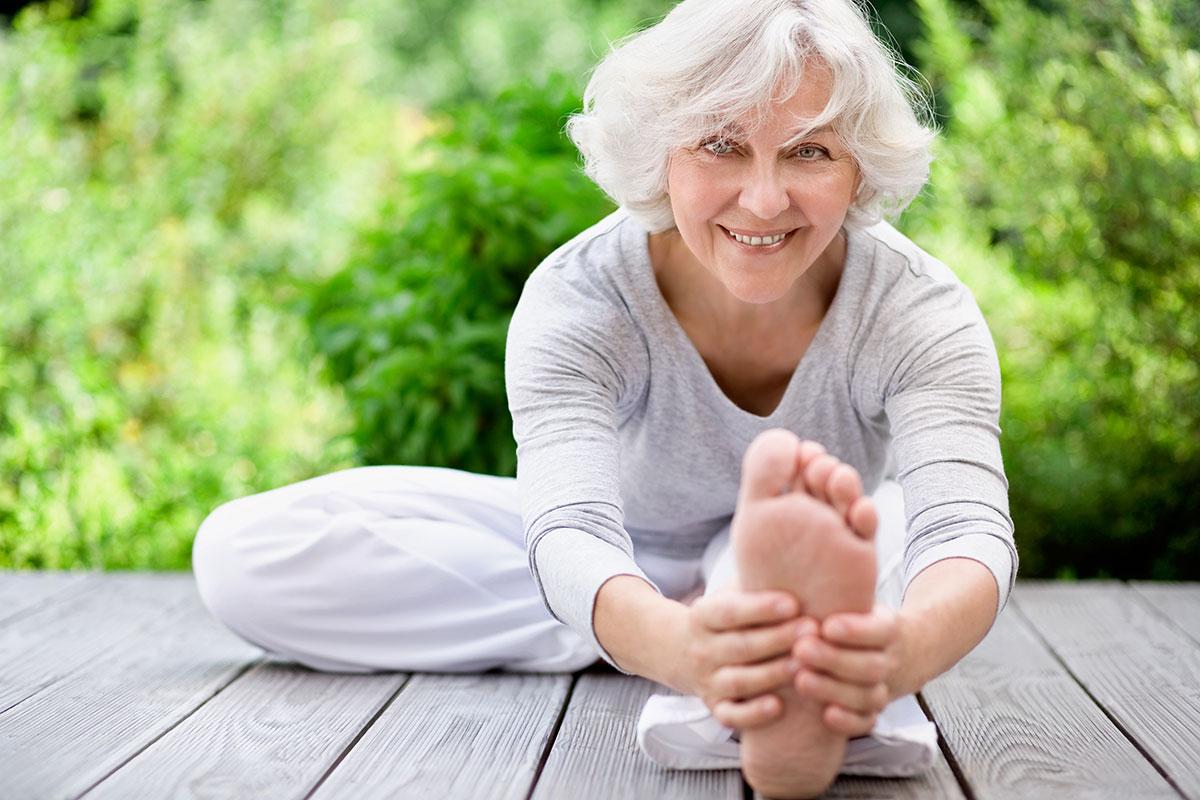Phone: (714) 695-1566
Fax: (714) 695-1553
Email: info@salinaspt.com
23655 Via Del Rio, Suite C
Yorba Linda, CA 92887

Phone: (714) 695-1566
Fax: (714) 695-1553
Email: info@salinaspt.com
23655 Via Del Rio, Suite C
Yorba Linda, CA 92887

Though it often takes a back seat to strength and cardiovascular fitness, flexibility plays a critical role in ensuring one’s able to maintain a high level of independence and mobility during their Golden Years.
While our muscles and tendons tend to naturally shrink and tighten as we age, that doesn’t put seniors at the mercy of such changes. According to medical professionals such as physical therapists, muscle elasticity can be maintained and improved at any age.
Staying flexible takes effort, but the payoff is you’ll be able to stay more active and independent while you grow older, which should be everyone’s goal.
Flexibility is defined as one’s ability to move muscles and joints through their full ranges of motion. It’s a critical component of mobility, which also involves strength, balance and coordination.
Poor flexibility can lead to poor balance, poor posture, and a greater overall feeling of tension in the body. It also affects daily living and the ability to avoid common ailments and injuries often related to aging.
Not only do you need to maintain flexibility to accomplish daily tasks like bending to tie your shoes or reaching to grab something from a high cupboard. Flexibility is also critical in allowing your body to safely absorb impact and falls, helping you prevent injury later in life.
As staying limber is an essential part of maintaining health and happiness while one ages, consider the following advice for maintaining flexibility:
The best and easiest first step in staying flexible is to simply stay active every day. Going for walks, playing with the grandkids, dancing, working in the garden, taking yoga or Pilates classes … they all help keep the body warm, loose and strong. Focus on daily activities you enjoy!
Even when you aren’t necessarily exercising, it’s important to keep your muscles and joints loose by doing dynamic movements throughout the day. Movements like neck rolls, arm windmills, walking lunges, etc., take your muscles and joints through their full ranges of motion, keeping them loose and limber.
Called static stretching, these bend-and-hold-type stretches (think touching your toes) help increase flexibility by putting light tension on your muscles and joints for 30 to 60 seconds at a time. These stretches work best after a brief warmup or following a workout or activity, though it can also be beneficial (and relaxing) to do them early in the morning or just before going to bed.
These affordable tools for self-massage will, when used properly, help release tension that develops over time in the muscles and connective tissues. This, according to the Mayo Clinic, helps increase flexibility and improve mobility.
Not sure where to start? Whether you’re already active and limber or wish to start down a path toward increased flexibility, visit your local physical therapist. After reviewing your medical history and assessing your current flexibility levels, a physical therapist will establish a personalized strategy for helping you reach your mobility and lifestyle goals.